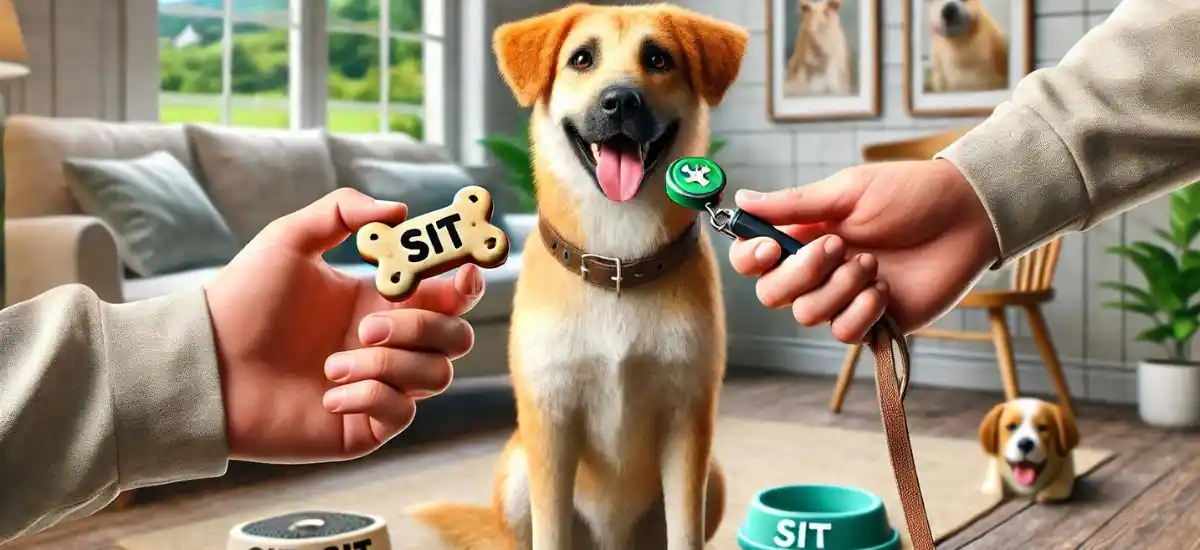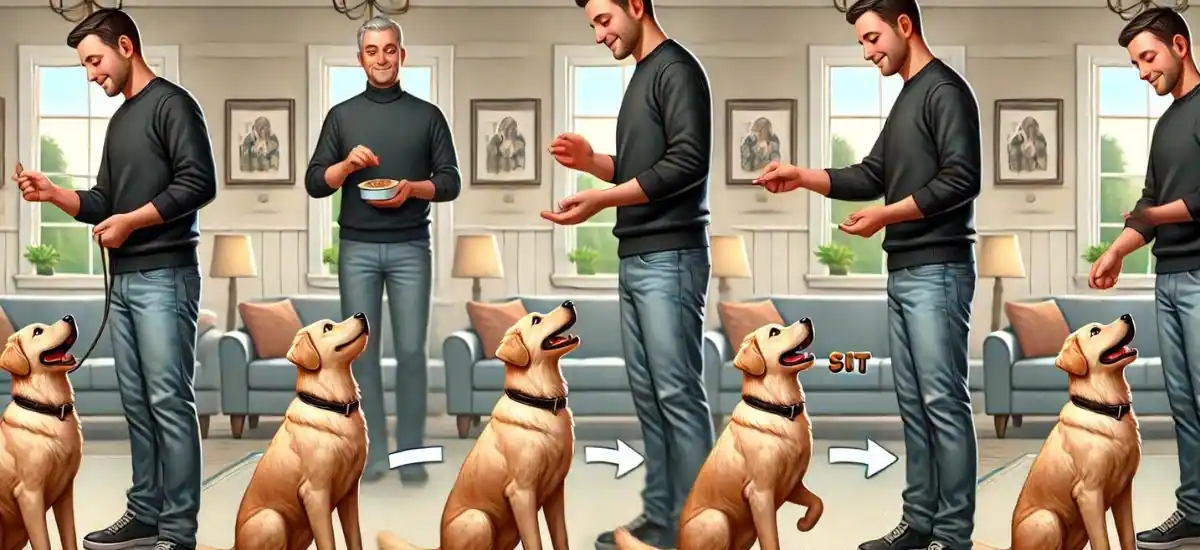Training your dog to sit is more than just a party trick; it’s a fundamental part of good canine manners and essential for safety in many situations. Whether you’re at the park or just hanging out at home, having a dog that responds quickly and reliably to the sit command can make life easier and more enjoyable for both of you. Let’s break down how you can achieve this with ease and a bit of fun!
Understanding the Basics of Dog Training
Training your dog can seem daunting at first, but with the right approach, it can be a breeze. Here are a few key points to get you started on the right paw:
- Consistency is King: Just like in any learning process, consistency is key. Ensuring that you use the same commands and reward system during each session can make a world of difference.
- Patience Pays Off: Remember, Rome wasn’t built in a day, and neither are well-trained pups. It’s crucial to keep your sessions short and sweet to avoid frustration on both ends of the leash.
- Positive Reinforcement Rocks: Dogs respond best to positive reinforcement. This means rewarding behaviors you like, which will make your dog more likely to repeat them. Think treats, belly rubs, or a cheerful “Good boy!”
Tip: Keep a handful of your dog’s favorite treats handy during training sessions. This will keep them motivated and eager to learn.
Preparing for Training Sessions

Before you dive into teaching your dog the sit command, you need to set the stage for success. Here’s how you can prep:
- Choose the Right Spot: Find a quiet area where your dog won’t be distracted. Your backyard, a quiet room, or even a less crowded park can be perfect.
- Gather Your Gear: Have treats at the ready and, if you’re using one, a clicker. Treats should be small and something your dog goes nuts for.
- Timing is Everything: Pick a time when your dog has energy but isn’t overexcited. After a short walk is usually ideal as they’ve burned off some excess energy but aren’t too tired.
Table: Checklist for Training Prep
| Item | Description | Why It’s Needed |
| Quiet space | Free from distractions | Helps focus attention |
| Treats | Small, delicious rewards | Encourages learning |
| Clicker (optional) | Sound tool for marking behavior | Enhances command recognition |
Step-by-Step Guide to Teaching Your Dog to Sit

Teaching your dog to sit is straightforward if you follow these steps. Let’s walk through them:
- Get Your Dog’s Attention: Hold a treat close to your dog’s nose to capture their focus.
- The Hand Signal and Command:
- Slowly move the treat above your dog’s head towards their tail, which naturally causes them to sit down as they follow the treat with their eyes.
- As you move the treat, clearly say the command “Sit.” Keep your tone firm but friendly.
- Rewarding and Reinforcing the Behavior:
- The instant your dog’s bottom touches the ground, praise them and give them the treat. This marks the behavior you want.
- Repeat several times in short, positive sessions each day.
Pro Tip: Initially, practice in a distraction-free environment to help your dog focus solely on you and the command.
Common Challenges and Solutions
Not every dog will get the hang of “sit” right away, and that’s perfectly okay. Here’s how to tackle some common roadblocks:
- Problem: Dog is too excited or distracted.
- Solution: Try training in a quieter environment or after some physical activity to burn off excess energy.
- Problem: Dog stands up immediately after sitting.
- Solution: Gradually increase the time they must remain sitting before they receive a treat. Start with just a few seconds and build from there.
- Problem: Dog doesn’t respond to treats.
- Solution: Find a more enticing reward. Some dogs may prefer a favorite toy or verbal praise.
Transition Tip: Remember, switching up your training tactics can make a big difference. Don’t be afraid to get creative with your approaches.
Advanced Tips and Tricks
Once your dog has mastered the basic sit command, you can start to add variations and challenges to keep their training fresh and engaging:
- Increase Duration: Begin asking your dog to remain sitting for longer periods before rewarding.
- Add Distance: Gradually increase the distance from which you give the command, reinforcing your dog’s responsiveness from afar.
- Introduce Distractions: Train in environments with more distractions to improve your dog’s ability to follow commands anywhere.
Frequently Asked Questions
Q1. How long does it take to train a dog to sit?
Ans: It varies depending on the dog’s age, temperament, and consistency of training. Typically, with daily sessions, you might see results within a week.
Q2. What do I do if my dog refuses to sit?
Ans: Ensure there are no physical issues first. If all is well, reconsider your approach. Maybe you need a higher value treat, or perhaps your dog responds better to enthusiastic praise.
Q3. Can I teach an old dog to sit?
Ans: Absolutely! Older dogs might require a bit more patience and possibly more enticing rewards, but they are just as capable of learning new tricks as younger dogs.
Conclusion
Mastering the sit command is a foundational aspect of dog training that sets the stage for more advanced commands and helps in everyday situations. Remember, the key to successful dog training lies in consistency, patience, and positivity. Keep sessions short, engaging, and rewarding—for both you and your furry friend.





